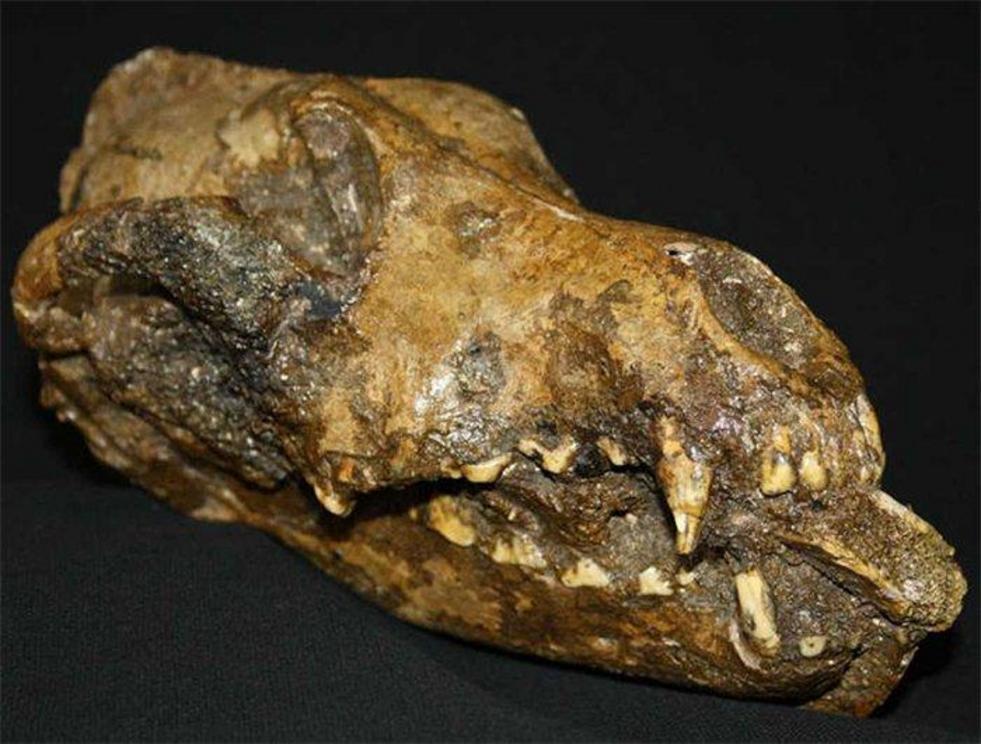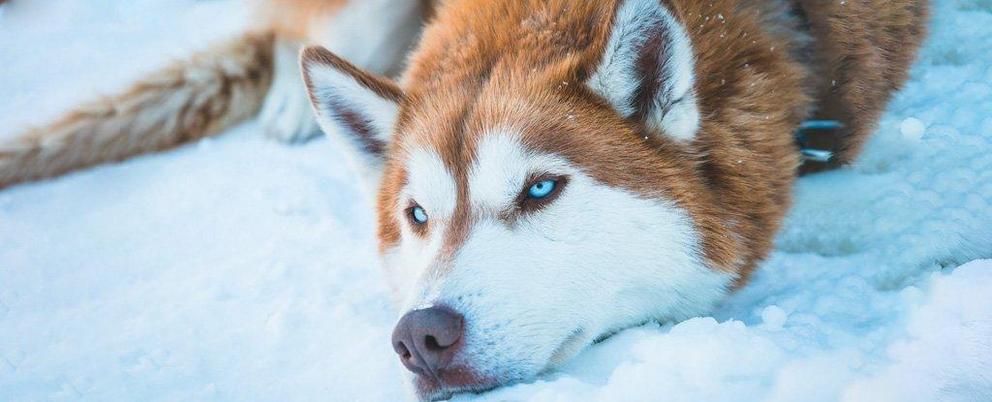Curious fossil discovery points to dog domestication as early as 28,500 years ago
Ancient canine craniums, discovered at a 28,500-year-old fossil site in Czechia, may represent one of the earliest stages of animal husbandry. Or, they could just be wolves.
Today, all modern dogs (Canis familiaris) are descendants of Eurasian grey wolves (C. lupus), which were likely the first animals humans domesticated.
Over millennia, a gradual series of changes is thought to have turned this wild animal into a tame docile pet, but how, why and when that process started is still fiercely debated.
In the fossil record, telling wolves apart from the first 'protodogs' is surprisingly tricky. Even today, some dogs and their wild counterparts can be hard to distinguish, so when it comes to comparing fossils of their ancestors, it can be like splitting hairs.
Or, in this case, like looking for hairline fractures on teeth.
"Dental microwear is a behavioural signal that can appear generations before morphological changes are established in a population," says anthropologist Peter Ungar from the University of Arkansas.
"It shows great promise in using the archaeological record to distinguish protodogs from wolves."

Comparing wolf-like fossils from the same site to the 'protodog' craniums, researchers found notable differences in their chompers. Unlike the Pleistocene wolf, the authors say these suspected early dog teeth had larger scars from wear and tear, indicating a diet of hard, brittle foods, like bones, as opposed to more fleshy foods, like mammoth.
"This would be consistent with the notion that canids beginning to co-habitate within or along the edges of human encampments consumed less desirable food items, including bone, discarded or fed to them by humans," the authors write.
Other modern studies certainly suggest dogs have a higher rate of tooth fracture compared to wolves, although others have disputed that correlation.
At this particular fossil site in Czechia, known as Predmostí, previous studies have identified several distinct populations of canines, but there's still plenty of disagreement over whether any of these are Palaeolithic dogs from the time of the last ice age.
"It is possible then that these are two morphologically and behaviourally distinct wolf populations that overlapped in territory, at least on a seasonal basis, as is seen in wolf populations today," the authors admit.
In other words, these two wolf populations might have changed their dietary behaviour in response to competition or environmental change, not necessarily because they were being domesticated.
Nevertheless, the new research suggests these two populations had suspiciously different diets during a time of permanent human site occupation, and this may indicate a behavioural shift in wolves towards domestication.
The authors say the results need to be verified by additional studies in central Europe, which is home to the strongest fossil record of early dogs, and also in other parts of the world where dog domestication is also known to have occurred.
The study was published in the Journal of Archaeological Science.

